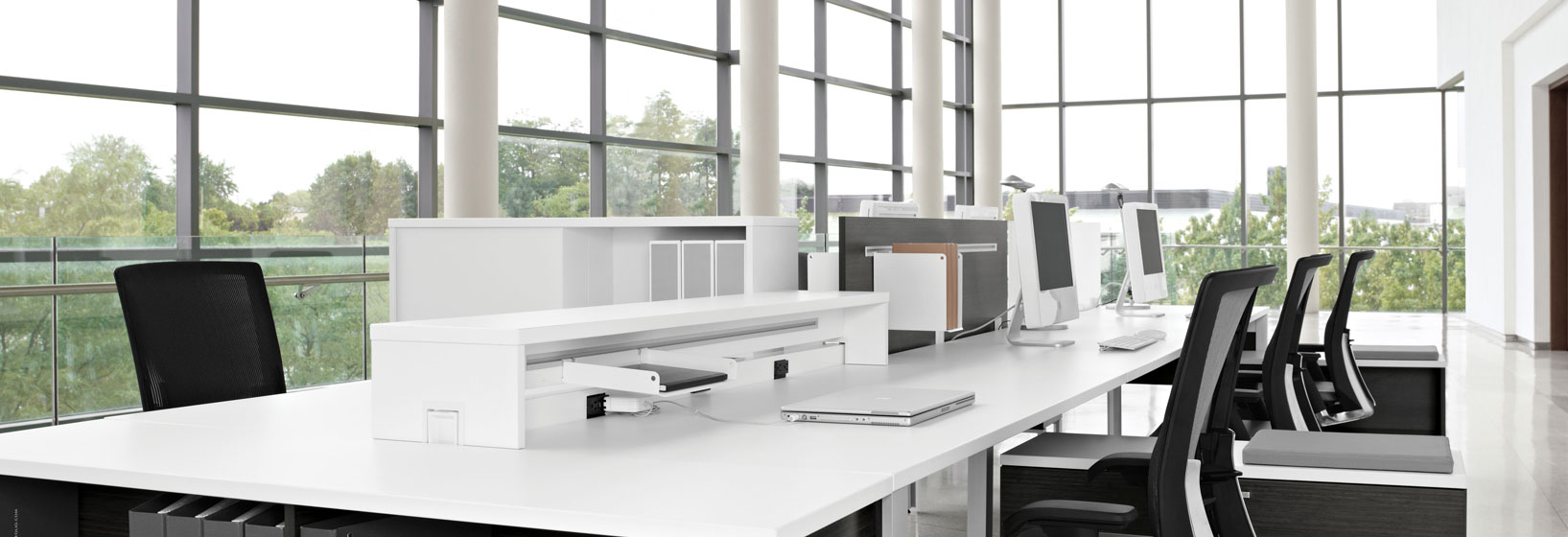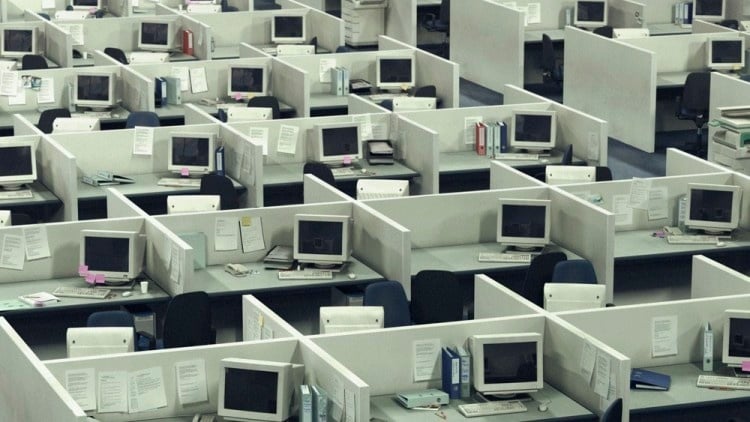Over the past few years there have been many discussions around the death and disappearance of the office. Most believed that with co-working locations, the spread of Wi-Fi and mobility, and the rise of co-working locations that there would be no need for an office anymore. We would all work from anywhere and everywhere and this was of course a fair and reasonable prediction. But, it’s not entirely true. Our traditional idea of an office is in fact disappearing, that is the row of cubicles lined in a building that looks and smells like a hospital but the office itself is far from dead!
The office space is far from dead, it’s re-emerging, in fact a recent report from commercial real estate company CBRE found that U.S. Office investment is at a 7-year high hitting $119 billion.
So, if the office space isn’t dead then what’s going on? Office spaces are re-emerging as employee experience centers. All of the companies that are investing in new or redesigned spaces are doing so because they realize one crucial change that has happened in the workplace. That organizations can no longer assume that employees need to work there and organizations must in fact create environments where people actually want to show up. These beautiful new spaces aren’t being created for fun or because it’s a nice thing to do. Companies are leveraging their physical environment as a new strategic competitive advantage. Modern cafeterias with catered food, modular work spaces that can be moved around, wood-trimmed walls and floors, colorful art-work, stylish furniture, smart lighting and sensors are all part of creating great employee experiences where people actually want to show up to work.
When the idea of open spaces was first introduced it was an exciting and positive change that was then met by backlash and articles stating that open environments are making people sick. What many of these articles failed to mention was that the organizations investing in open floor plans also have numerous other floor plans that cater to diverse ways of working. It’s not a one-way or nothing approach. It’s about recognizing that employees have multiple preferences for how they want to work and enabling that.
For organizations looking towards the future of work they must remember that the physical space is not dead, it is simply changing. The physical environment is one component of what makes and creates employee experiences. The lesson here is that instead of focusing and enabling one way of working, organizations must enable multiple ways of working through spaces that cater to a diverse set of employees needs and expectations. As work life integration continues to increase we will bring our work lives home and our personal lives to work, so leaders must ask themselves, “do we have a space where people want to bring their lives to?”
To setup your free CoCreate consultation with the design team at Rightsize to start planning your upcoming office transition or renovation click here.





